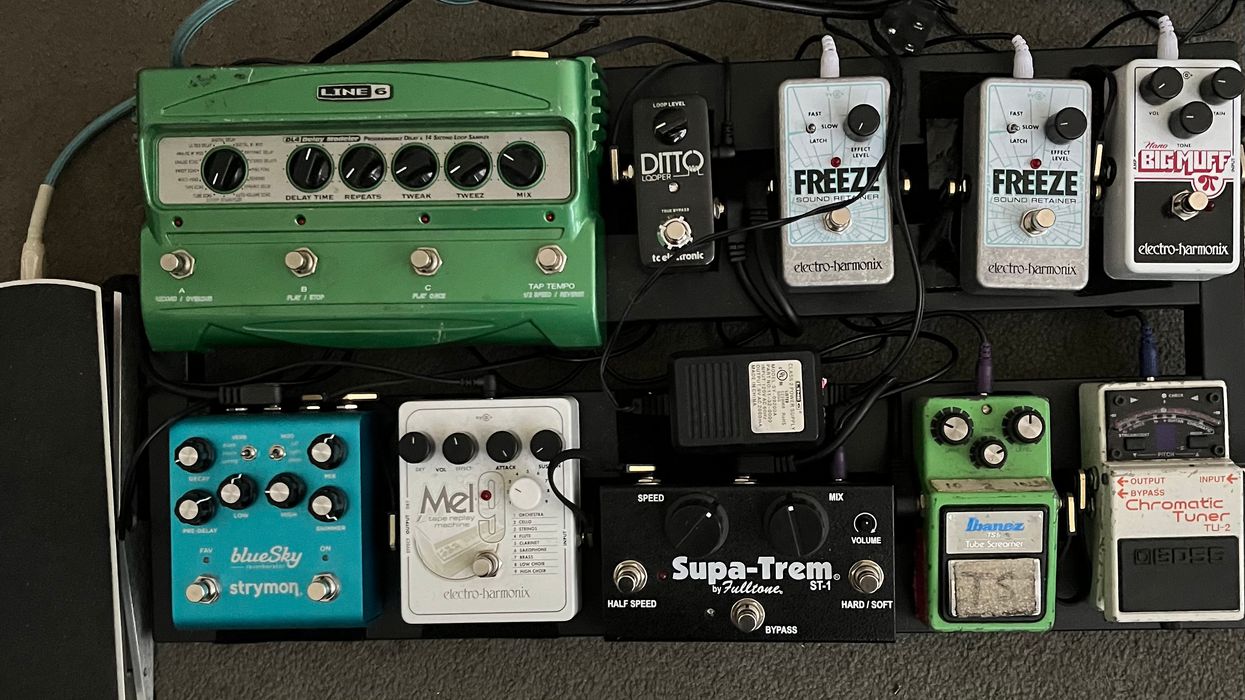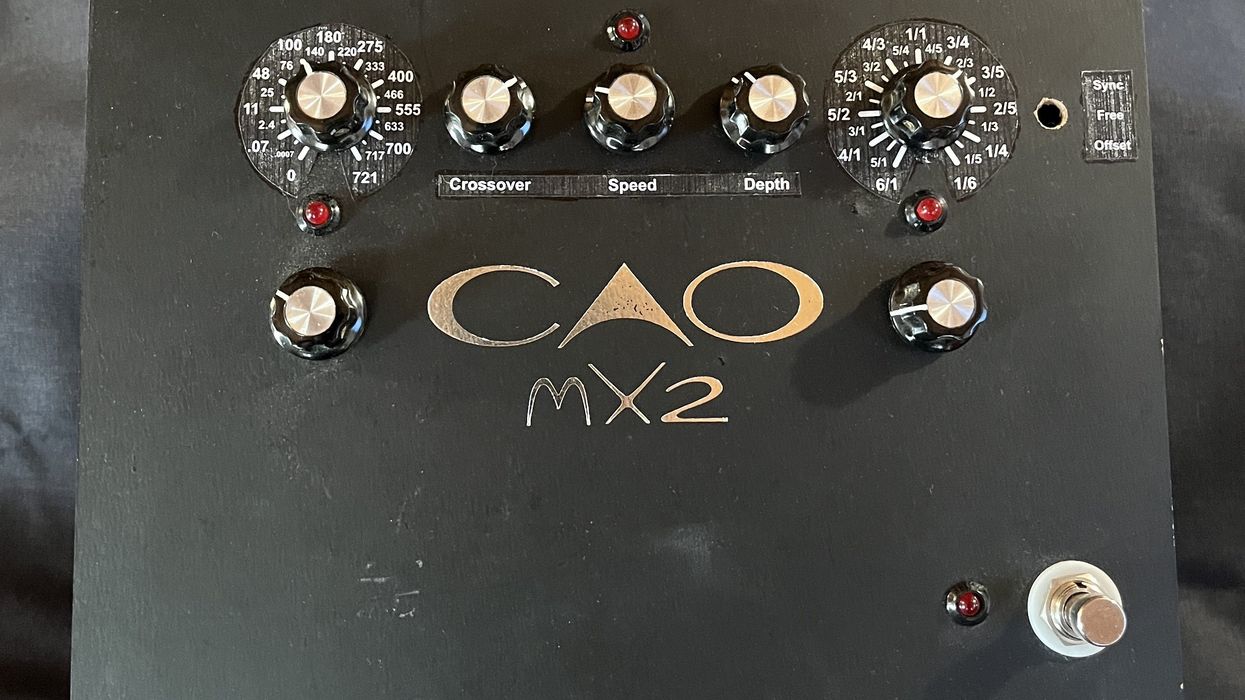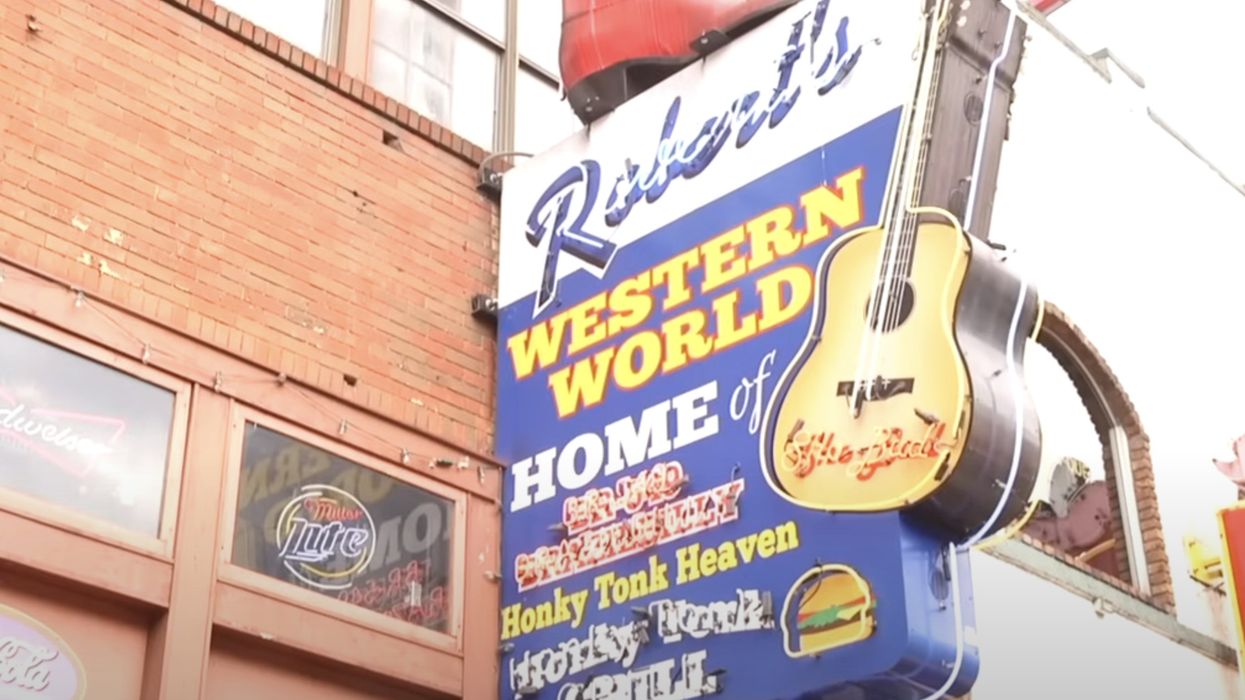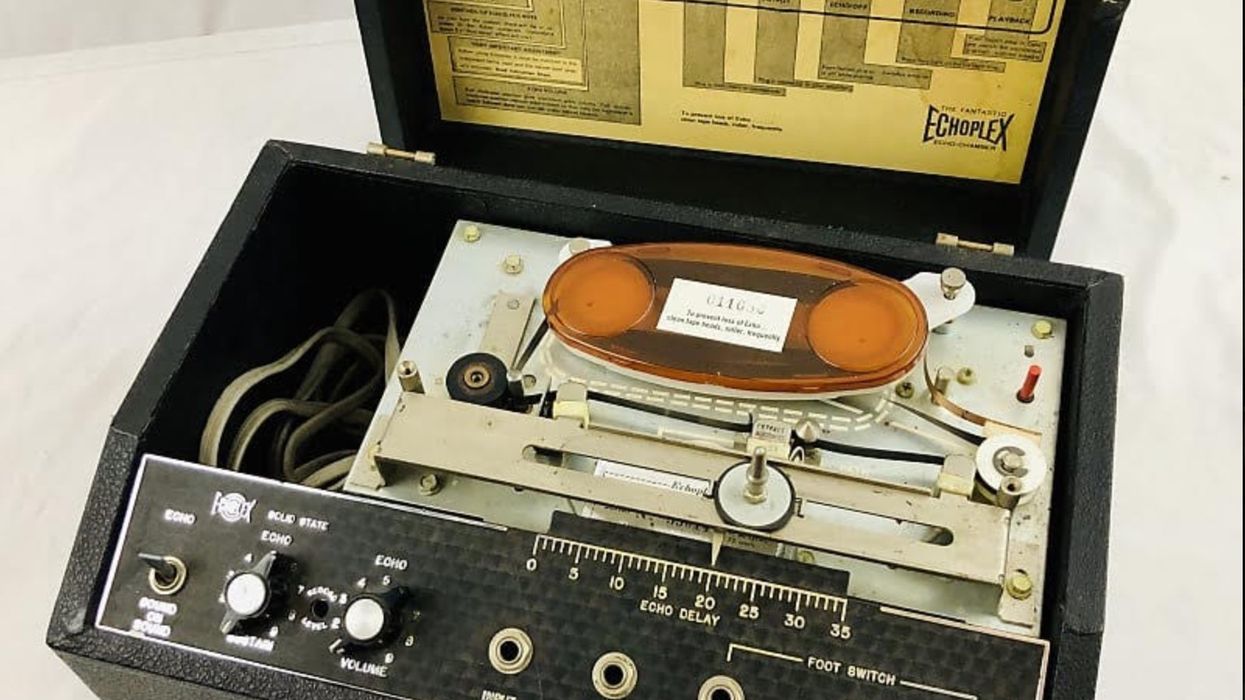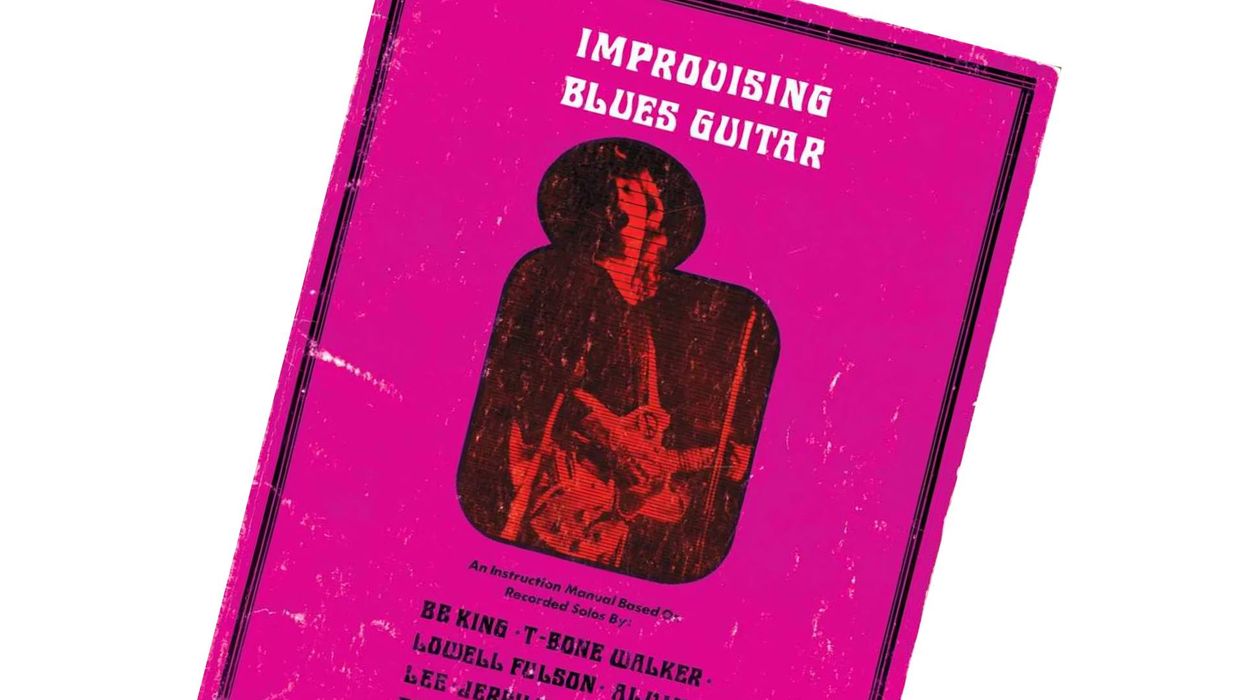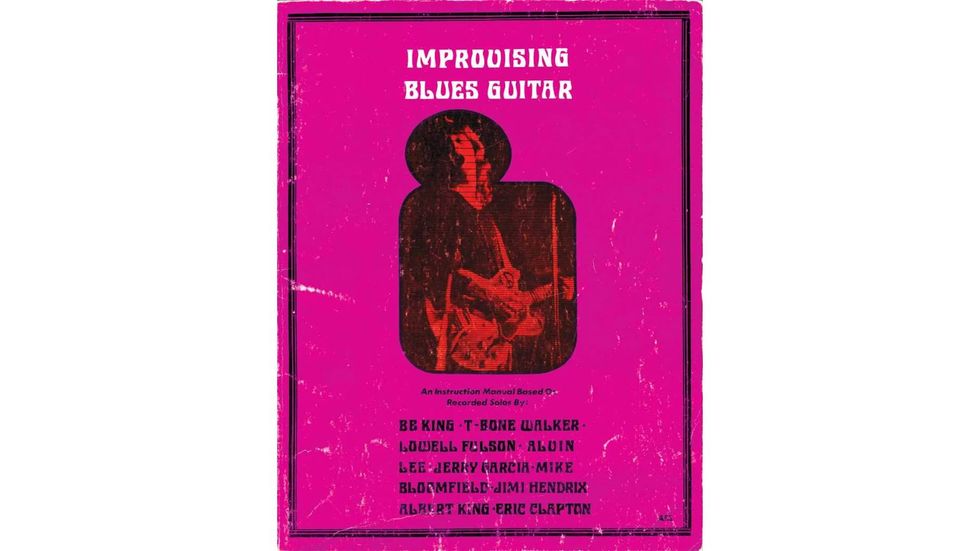I’ve got a thing for Electro-Harmonix effects boxes. I’ve got a Crying Tone Wah that’s the coolest, a 16 Second Digital Delay, and a Deluxe Memory Man. All have made their way onto my ambient country band SUSS’s new record, Birds & Beasts. And currently a Big Muff, two Freeze Sound Retainers, and a Mel9 Tape Replay Machine are on my pedalboard. Here’s the thing: I like using them on keyboards.
I remember spending one cold winter night recording keyboards for a track called “Home” that made it onto Promise, the third SUSS album. I was playing a Roland Juno-106 through the Deluxe Memory Man while my bandmate Bob Holmes manipulated the delay and feedback on the pedal in real time. The effect was otherworldly. You can also hear the Crying Tone on SUSS’s “No Man’s Land” and “Train,” on Bandcamp. Sure, the guitars sound great, but those keyboards wouldn’t sound the same without the extra touch of the Crying Tone. I also used it on the B-52s’ “Hallucinating Pluto,” and it went out on the road with us for a while.
One of the first musicians I met when I moved to New York City in the late ’70s was the late, great Robert Quine. Quine and I would talk for hours about guitars, guitarists, and effects. I bought my first Stratocaster from Quine, because he didn’t like the way it looked. I played it on every recording I’ve made since the first Lydia Lunch record, 1980’s Queen Of Siam, and on every show with 8 Eyed Spy, the Raybeats, the B-52s, and my current bands PI Power Trio and SUSS. It was Quine who taught me the power of a good effects pedal and I’ll never forget the sessions for Queen of Siam with the big band. Quine played everything through his Deluxe Memory Man straight into the recording console, all in one take except for a few touch ups here and there.
Quine and I used to go to Electro-Harmonix on 23rd Street and play through the boxes on display, and they let us pick out what we wanted. It’s where we first saw the 16 Second Digital Delay. That was a life-changer. You could make loops on the fly and reverse them with the flick of a switch. This thing was magical, back then.
“Quine played everything through his Deluxe Memory Man straight into the recording console, all in one take except for a few touch ups."
When I recorded a piece I composed for the choreographer Stephen Petronio and performed it at the Dance Theatre Workshop in Manhattan, I put everything through that 16 Second Digital Delay, including my clarinet. Later, when I recorded the theme for the cartoon Rocko’s Modern Life, I played all of the keyboards through the Deluxe Memory Man. Just when things would get a little too clean, I’d add a little more of the Memory Man.
I’m pretty sure that the first time I saw Devo, Mark Mothersbaugh had some Electro-Harmonix effects boxes taped to his guitar. And I can’t even think of U2 without hearing the Edge and his Deluxe Memory Man. Or seeing Nels Cline for the first time, blowing a hole in the universe with a 16 Second Digital Delay. Bill Frisell had one, too. I remember going into the old Knitting Factory on Houston Street and passing Elliott Sharp. He had just played and I was going in to play. We were both carrying our 16 Second Delays.
Who knows, maybe someone from another generation will make the next “Satisfaction” or “Third Stone from the Sun,” inspired to change the sound of a guitar, keyboard, or even a voice beyond recognition with pedals. If you check out Birds & Beasts, you’ll hear my old—and new—boxes all over it. I know that I won’t ever make a SUSS record or play a SUSS show without them.
Things change, rents go up, records are being made on computers, and who knows how you get your music anymore? But for me, one thing stays the same: the joy of taking a sound and pushing it to a new place, and hearing it go somewhere you could never have imagined without effects pedals.
